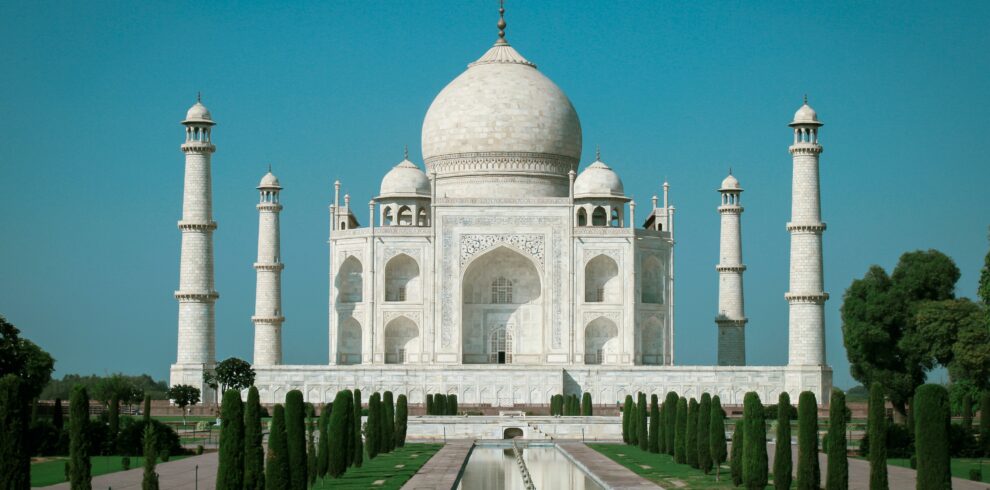India
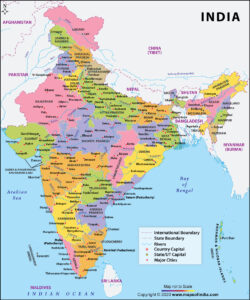
GEOGRAPHY
India is part of the continent of Asia. Most of India forms a peninsula, which means it is surrounded by water on three sides. The world’s highest mountain range, the Himalaya, rises in the north. The southeast is bordered by the Bay of Bengal, and the southwest is bordered by the Arabian Sea. India’s terrain varies widely, from the Thar Desert in the west to jungles in the northeast. A fertile area called the Ganges Plain covers much of northern India. This formation was created from soil that was deposited by rivers running from the Himalaya. In some places, this layer of silt is over 25,000 feet (7,620 meters) deep.
PEOPLE & CULTURE
Society throughout India is divided into social ranks, called castes. Caste is determined by birth and there is almost no way to change it. High castes include priests, landowners, and soldiers. So-called Untouchables have no caste and do the most menial jobs. India is a very spiritual country. It has no official religion, but more than 80 percent of Indians are Hindu. About 13 percent are Muslim. Other religions include Buddhism, Sikhism, and Jainism, which all began in India.
NATURE
For thousands of years, since the Hindu religion first evolved, respect for animal life has been an important part of Indians’ beliefs. Cows in particular are sacred and cannot be harmed. They are even allowed to wander through city streets, which often cause traffic jams! India’s varied climate zones support about 65,000 animal species, including elephant, pythons, river dolphins, and rhinos, and 12,000 types of flowering plants. It is the only country in the world with both Lions and Tigers. It’s also a bird watcher’s paradise. On the coast of the Bay of Bengal is the Sundarbans, the world’s largest mangrove forest. Here, tigers swim in the same rivers as dolphins, sea turtles, sharks, and saltwater crocodiles. This unique landscape is constantly under threat as sea levels rise and humans hunt illegally and clear trees for firewood. The Himalaya Mountains provide a home for some of India’s rarest animals and plants. The most elusive animal is the snow leopard. Bears and black buck live lower down, and in the northeast, the tiger and one-horned rhinoceros can be found.
Fast Facts
Official Name: Republic of India, Bharat
Form of Government: Federal republic
Capital: New Delhi
Populations: 1,296,834,042
Official Languages: Hindi, English, 21 others
Money: Rupee
Area: 1,269,345 square miles (3,287,590 square kilometers)
Major Mountain Range: Himalaya
Major Rivers: Ganges, Yamuna, Indus, Brahmaputra
Tour
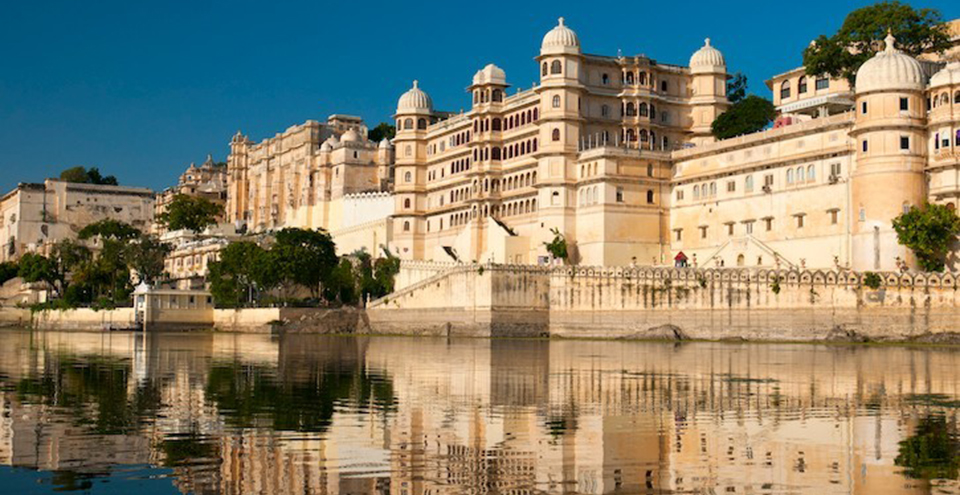
- Jan
- Feb
- Mar
- Apr
- May
- Jun
- Jul
- Aug
- Sep
- Oct
- Nov
- Dec
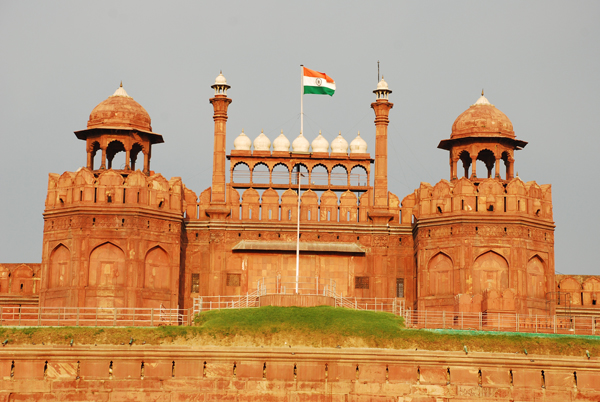
- Jan
- Feb
- Mar
- Apr
- May
- Jun
- Jul
- Aug
- Sep
- Oct
- Nov
- Dec
Other Trips
These are other trips.
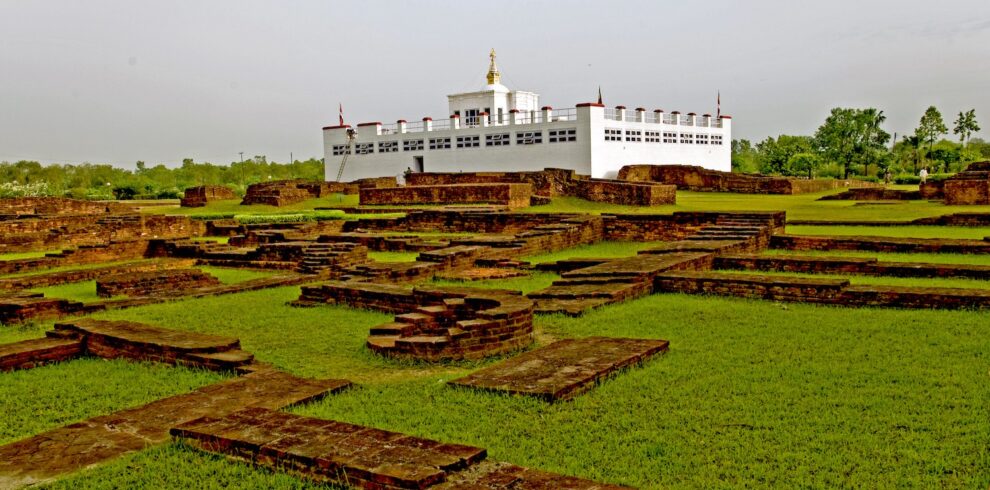
- Jan
- Feb
- Mar
- Apr
- May
- Jun
- Jul
- Aug
- Sep
- Oct
- Nov
- Dec
